In order for home theatre sound systems to reproduce a larger range of frequencies, subwoofers are frequently combined with them. This enables the audio systems to take into account the full range of notes that your audio source signal is transmitting.
Without a top-notch subwoofer, creating a top-notch home entertainment system is akin to creating a structure without a roof. A surround sound system's subwoofer is its beating heart, and without one, your audio experience will sound as thin as tin without it. As a result, mastering the proper subwoofer-amplifier connection will give your system a richer, more rounded sound.
You can add a second stereo amplifier to your sound system if your subwoofer doesn't have an internal amplifier or if the one it does have isn't powerful enough. Your subwoofer must be connected properly. Let's examine the many steps and methods you'll need to follow to construct your home theatre system.
How does the subwoofer function?
A particular kind of loudspeaker called a subwoofer is made specifically to reproduce low-frequency sound waves. It is usually used in conjunction with other speakers to fill in the range of frequencies that the other speakers cannot produce. The subwoofer uses a combination of an amplifier, a driver, and an enclosure to create sound.
An amplifier amplifies the low-level input signal to drive the subwoofer voice coil with sufficient power to move the speaker cone and produce sound. The deep bass included in the musical input signal is produced as the cone pushes the air inside a speaker box that has been specially built.
The Low-Level Subwoofer Connections: An Overview
The low-level connection input port is located at the back of your subwoofer. Depending on the maker of your subwoofer, either "LFE" or "SVS," which is the term used for line-level, may be used to identify this port. There is no mistake because these names refer to the same item. For multi-channel surround sound, this port is most frequently used to connect an AV receiver with a subwoofer input.
Most AV receivers have pre-outs that are designated as LFE or "sub" and are extremely compatible with subwoofers. As a result, your receiver will be able to transmit low-frequency audio to your subwoofer. The two low-frequency sound sources that are supplied to your subwoofer are described in more detail below.
Methods for Connecting a Subwoofer
1. RCA Jacks: RCA jacks are the most common method of connecting a subwoofer to a stereo receiver or amplifier. RCA jacks are found on the back of many stereo components and allow for a single stereo output connection to be made.
2. Speaker Wire Terminals: Speaker wire terminals are another common method of connecting a subwoofer to a stereo receiver or amplifier. Speaker wire terminals are found on the back of many stereo components and allow for two or more speaker wires to be connected at once.
3. Line Level Output: A line level output is another common method of connecting a subwoofer to a stereo receiver or amplifier. Line-level outputs are found on the back of many stereo components and allow for a single stereo output connection to be made.
4. Speaker Level Output: Speaker level outputs are also a common method of connecting a subwoofer to a stereo receiver or amplifier. Speaker-level outputs are found on the back of many stereo components and allow for two or more speaker wires to be connected at once. 5. Digital Optical Output: Digital optical output is a newer method of connecting a subwoofer to a stereo receiver or amplifier.
The operation of the most common connection method
You should now have a thorough understanding of the subject after going through the various subwoofer connection styles. Therefore, we must now talk about how to connect them correctly. Here are the operations of the two most common connection methods.
How to Use a Low-Level Input to Connect a Subwoofer to an Amplifier
A low-level subwoofer input can be easily connected to your AVR. One RCA cable should be sufficient to link the two. Although you may buy cables made specifically for subwoofers, it's not necessary for this task.
It's not necessary, but some people prefer thicker coaxial cables because they have more shielding and, as a result, perform better because they are protected. Don't go overboard with this decision; all you really need is a high-quality RCA cable.
But be sure you get the length you require. Choose the more dependable and well-known brands if you need longer RCA cables.
All that is left to do is link the mono line-level input or LFE on your subwoofer to the subwoofer pre-out on your AVR. Almost all subwoofers feature a low-level input of some kind. Your receiver's subwoofer outputs should have distinct labels. Additionally, your sub's two RCA line inputs should have either the LFE or "mono" label. But keep in mind that labels for various brands and models may differ.
How to Use a High-Level Input to Connect a Subwoofer to an Amplifier
It's a little trickier to use a high-level subwoofer connection than a low-level connection. Your amp sends audio signals over their whole frequency range to a high-level connection type.
This means you need to make sure the subwoofer and speakers are getting the full audio signal from the amp's speaker connectors.
A high-level input is a type of audio input that is used to connect a subwoofer to an amplifier. It is also known as a line-level input or a speaker-level input. This type of input allows the subwoofer to be connected to the amplifier without the need for a separate preamp or crossover. Here's how to use a high-level input to connect a subwoofer to an amplifier:
1. Connect the subwoofer to the amplifier using the high-level input. This will usually be a pair of RCA cables.
2. Set the gain on the amplifier to match the sensitivity of the subwoofer. If the subwoofer has a sensitivity rating of 90dB, then you will need to set the gain on the amplifier to 90 dB.
3. Set the crossover frequency on the amplifier to the lowest frequency you want the subwoofer to reproduce. This can be set anywhere between 20Hz and 120Hz, depending on the size of the subwoofer and the type of music you are listening to.
4. Turn on the amplifier and the subwoofer and adjust the volume level.
5. Enjoy your music!
Conclusion
High-level connections, low-level connections, or even both can be used to connect a subwoofer to an amplifier in the best possible method. The difference between a good bottom end and an average one, however, depends on how your subwoofer is hooked up if you want to get the most out of your home cinema system.
You must first choose between using a low-level or high-level connection type. This is typically determined by the make and model of your amp and subwoofer, as well as the audio-related goals you have. Connecting the cables together is simple once you've determined exactly what you want to accomplish sonically.


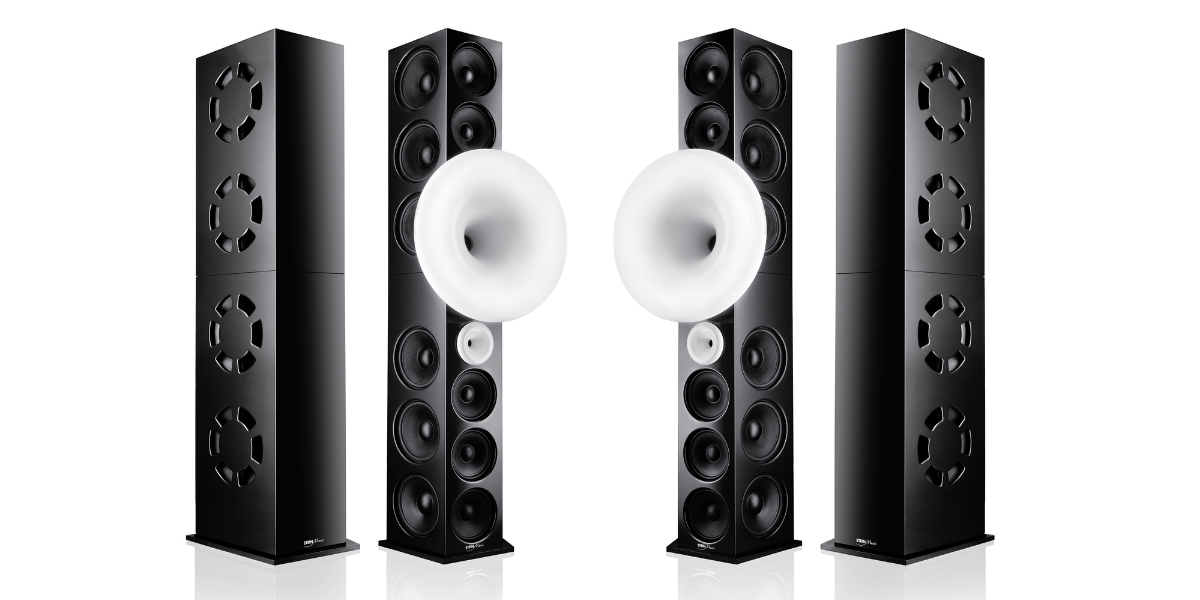
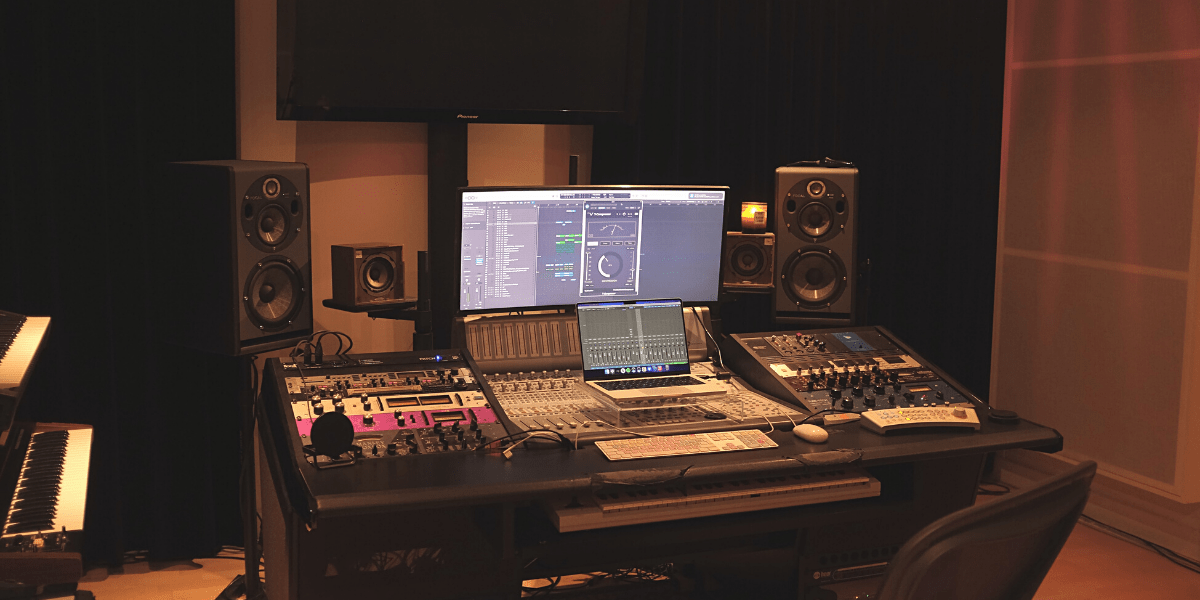
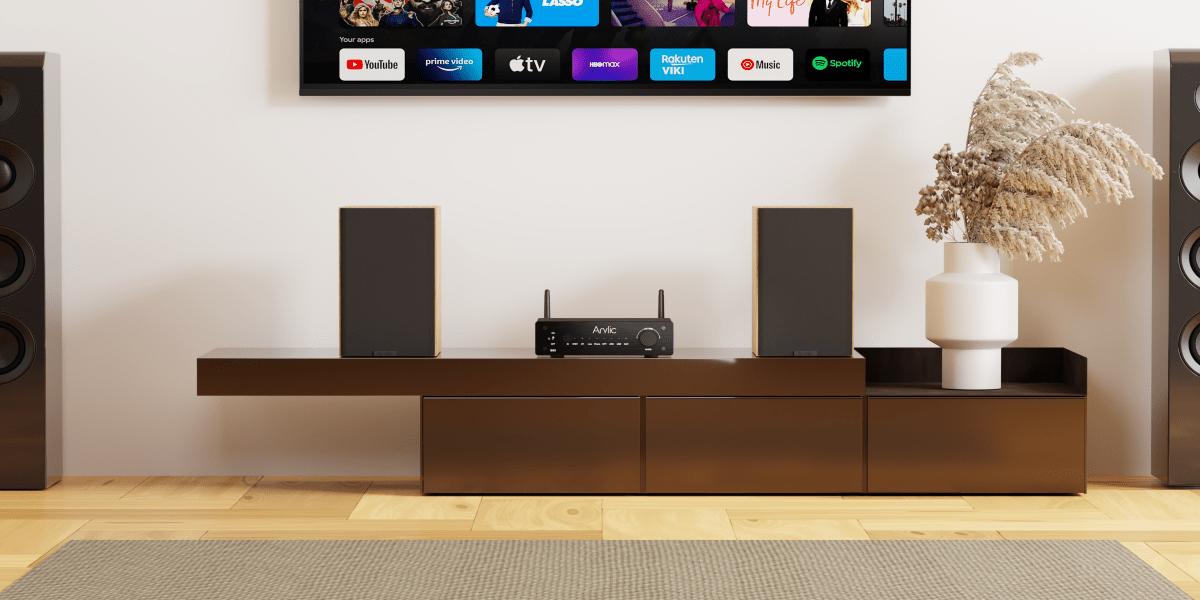
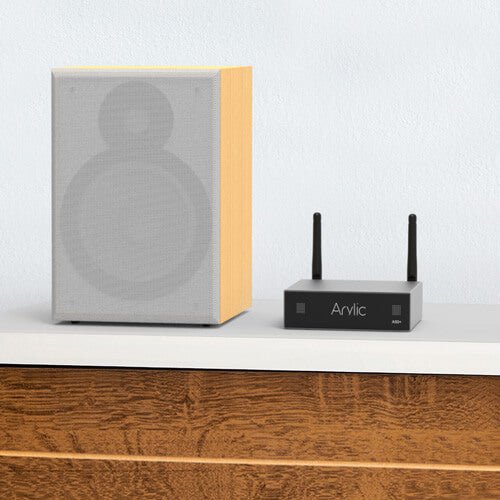
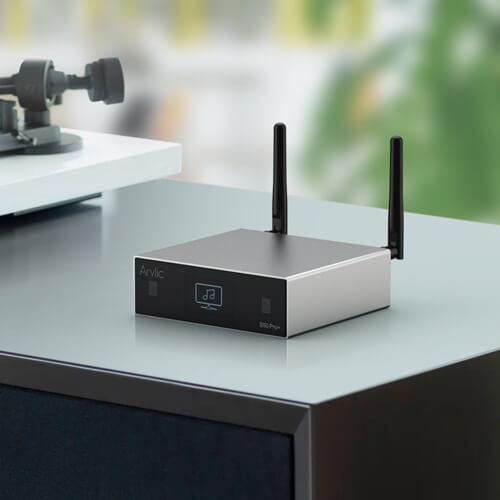
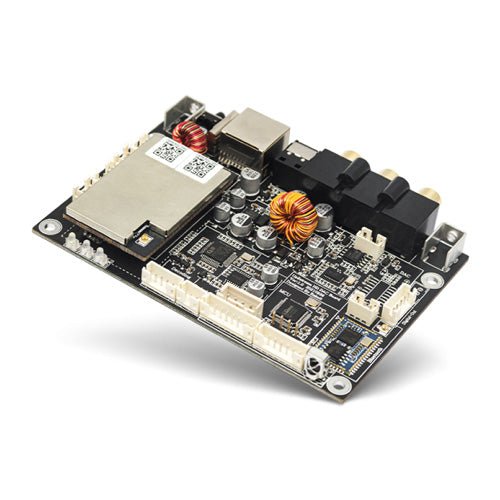
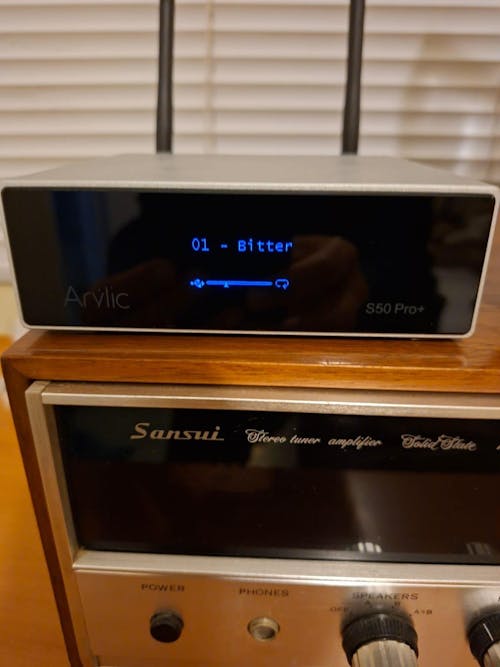
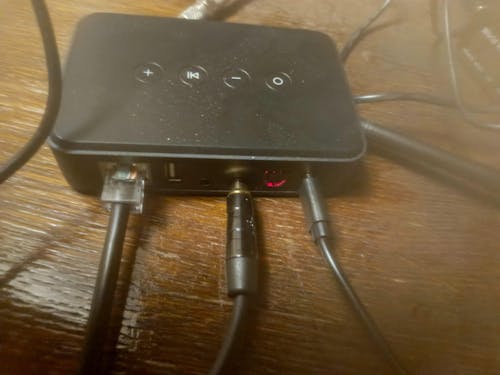
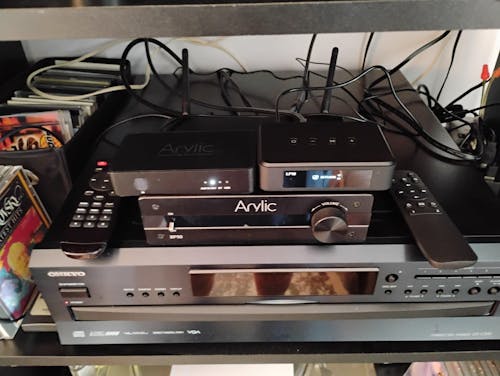
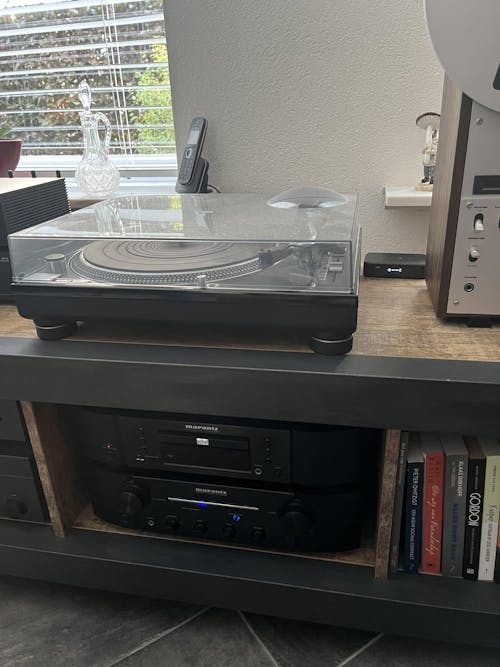
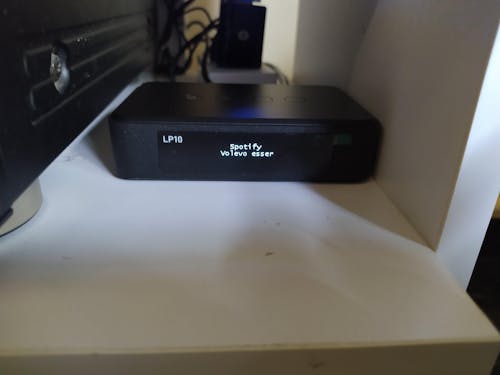
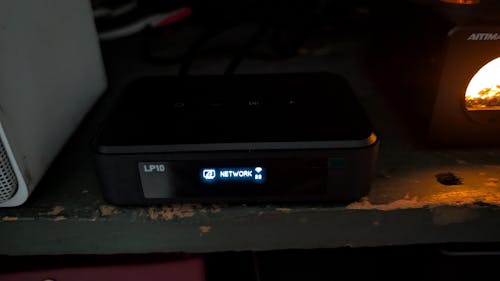
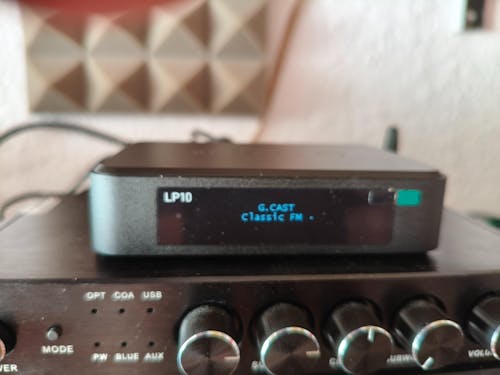


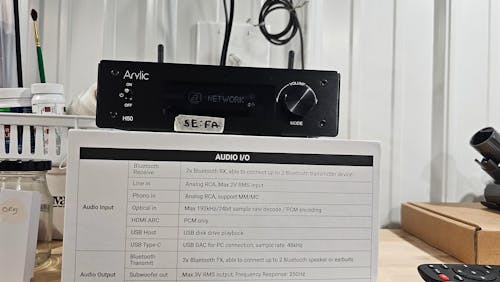
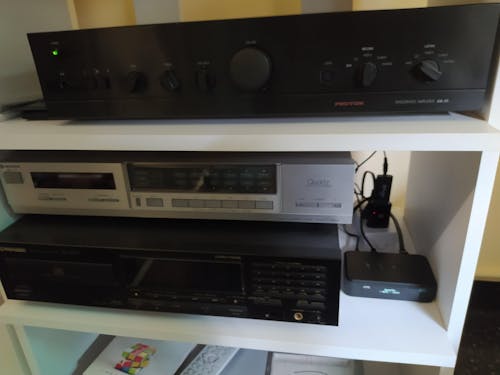
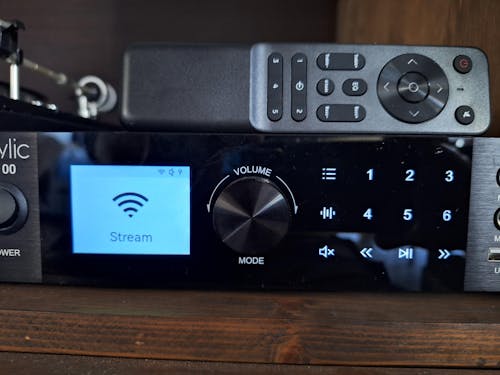
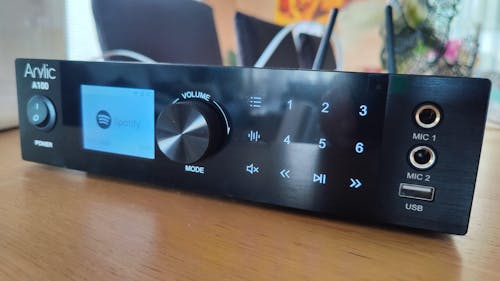

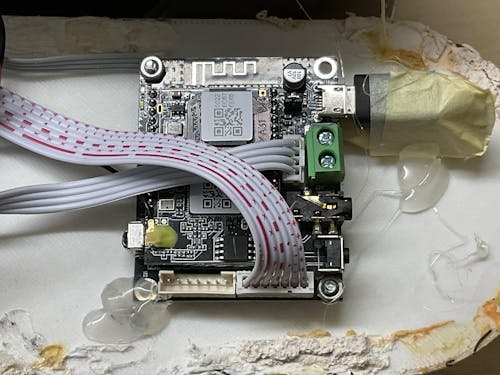
Leave a comment
All comments are moderated before being published.
This site is protected by hCaptcha and the hCaptcha Privacy Policy and Terms of Service apply.